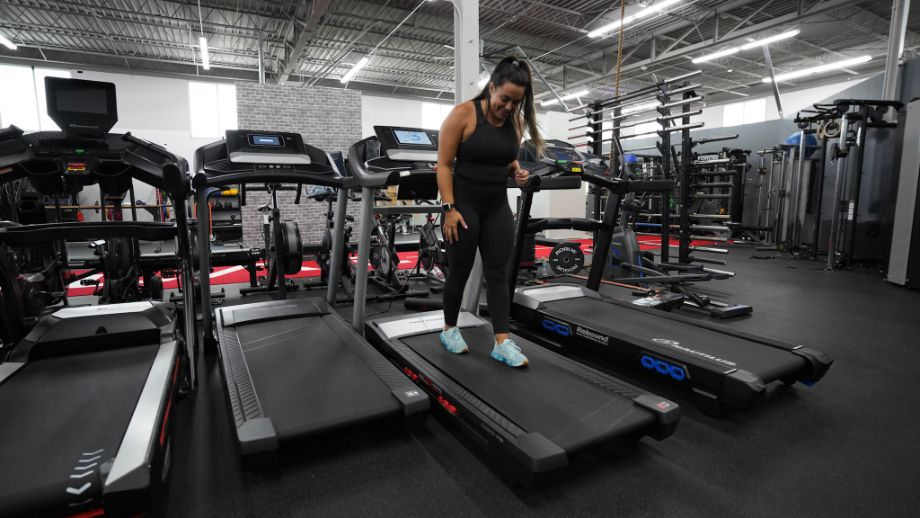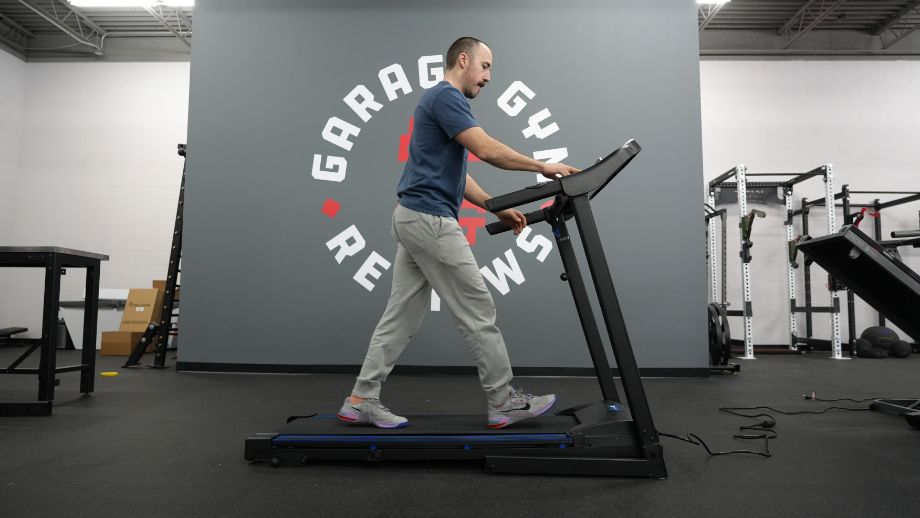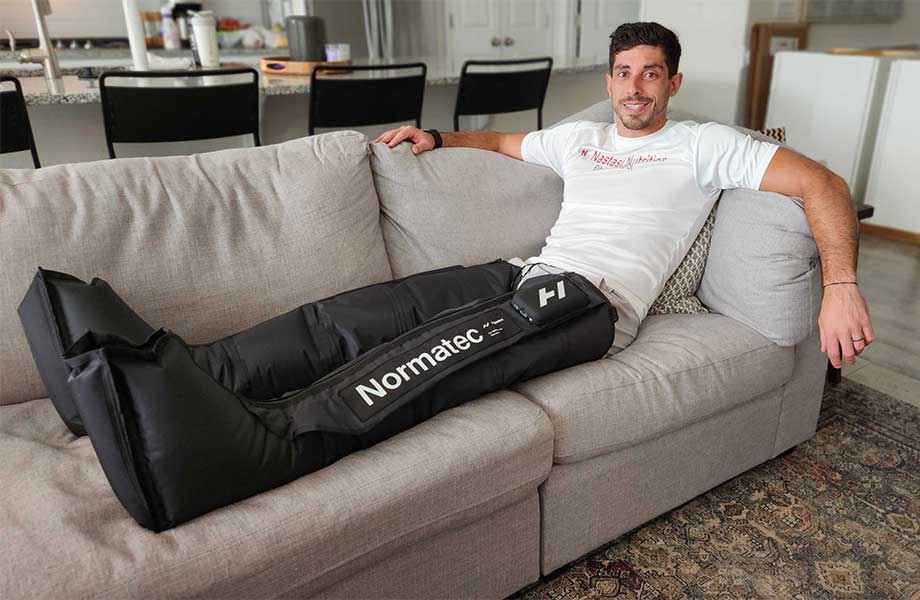You’ve likely heard that walking just 10 to 30 minutes per day is associated with many health benefits and can help you live a healthier life. This simple, weight-bearing exercise may help reduce your risk of cardio issues, maintain your weight, and even boost your mental health. However, if you want to take this basic exercise up a notch and switch up your routine, just put your walking gears in reverse and walk backward.
RELATED: Is Walking the Best Cardio?
Walking backwards has its roots in Ancient China, and American Plennie L. Wingo holds the Guinness Record for “reverse pedestrianism” for walking backward nearly 8,000 miles from Santa Monica to Istanbul. But what, if anything, have we learned from reversing our direction? Research supports that backwards walking engages your quads differently than your forward momentum, leading to strength increases and less load placed on the knee joint. It’s also great for cognitive function, as changing your natural walking pattern forces you to be more mindful of your movements and more in-tune with the problem-solving part of your brain.
So, if you’ve ever wondered, “Is walking backwards good for you?” you’ll get the answer to that question right here.
7 Health Benefits of Walking Backwards
Turns out, walking backward actually has quite a few proven health benefits that most people don’t know about. We know that forward walking already packs a powerful punch, so this form of exercise just takes it to a new level. Let’s explore some of those health benefits below!
1. Improve Your Coordination By Walking Backwards
One of the major perks of walking backward is how it improves your stability and balance. One study1 actually evaluated 33 subjects to assess the effects of forward and backward walking on balance and gait ability. They found that walking backward had positive effects on both as well as improved walking speed.
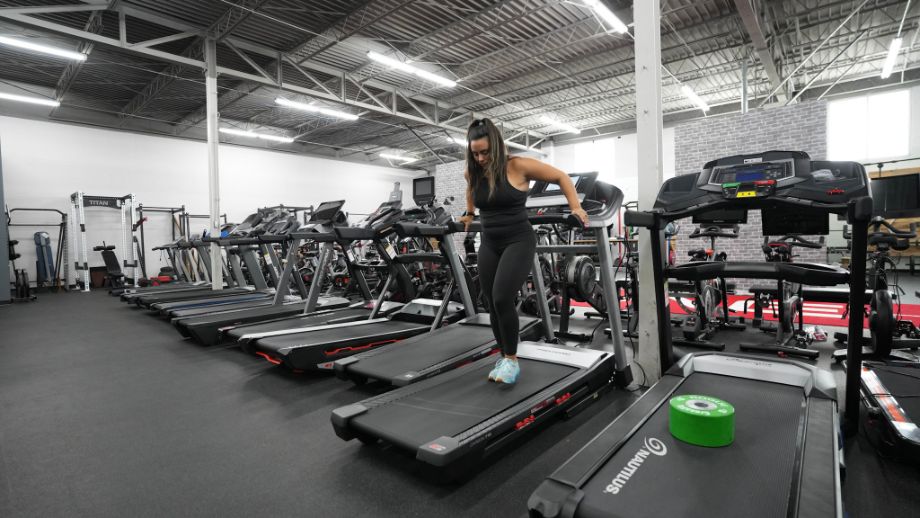
As we know, forward walking is very natural, and it’s something we can do without thinking about it. But walking backward presents a new challenge because you can’t exactly see where you’re going. The lack of visual assistance means you must rely more on your spatial and body awareness. Therefore, this alone can improve coordination and balance.
2. Reduce Knee Pain With Backwards Walking
Struggling with knee pain may make you want to sit more, but walking backward might actually be just what you need. A 2019 study2 published in BMC Musculoskeletal Disorders evaluated 68 participants over six weeks. The study’s primary goal was to compare the effect of retro walking versus forward walking regarding knee pain and function in individuals with knee osteoarthritis. In addition, they also wanted to assess the impact backward and forward walking had on quad muscle strength and performance in those same participants.
The study revealed that the retro walking group experienced a greater reduction in functional disability than the control group. Researchers also found that pain intensity had decreased and leg muscle strength had improved for individuals in the backwards walking group. This is likely because reverse walking places less strain on the knee joint than regular walking.
Overall, it’s reasonable to say that this form of physical activity is highly beneficial for individuals with a knee injury, pain in their knee joint, or knee osteoarthritis.
RELATED: Best Treadmill for Bad Knees
3. Experience Weight Loss With Retro Walking
If regular walking can help you maintain your weight, you’ll be glad to know that walking backward can do even more. A major benefit of walking backwards is your ability to increase your calorie burn.
In 2011, the Compendium of Physical Activity3 ranked and measured the energy expenditure of retro walking, among other exercises. They found that walking backwards at 3.5 miles per hour earns you a whopping 6.0 metabolic equivalents (METs)! Regular walking only warrants 4.3 METs. It’s important to understand that the higher the METs, the higher your caloric expenditure. Therefore, you’ll benefit from a 40% boost in the calories burned per minute of walking just by walking backwards.

If you’re a fan of high-intensity interval training, retro walking can be easily added to your routine. Something as simple as walking backwards at a slow speed will naturally raise your heart rate. If you want to advance your workout even more, walk backwards uphill, and you’ll earn 8.0 METs.
RELATED: Steady-State Cardio vs. HIIT
4. Utilize Different Muscles With Backwards Walking
One reason that backwards walking is used in physical therapy and sports medicine is that it works out your muscles differently. A study published in the Journal of Orthopaedic & Sports Physical Therapy4 found great differences in how the muscles are used between forward and backward walking and running. They used electromyography and joint kinetics to study those differences.
Researchers found that with forward running, muscle activity of the quadriceps was concentric and eccentric. However, with backwards running, those same muscles contracted isometrically and concentrically. Physical therapists find isometric contractions of the quad muscles much safer and better for improving knee strength. Sometimes, knee pain is brought on by quad muscle weakness, so retro walking could help.
5. May Reduce Back Pain
Did you know lower back pain causes more disability worldwide than any other condition? Fortunately, backwards walking may aid in reducing pain or preventing lower back issues altogether. A study published in the Journal of Chiropractic Medicine5 found greater activation of the lumbar multifidus (MF) muscles and erector spinae (ES) superficial extensor muscles with backwards walking.
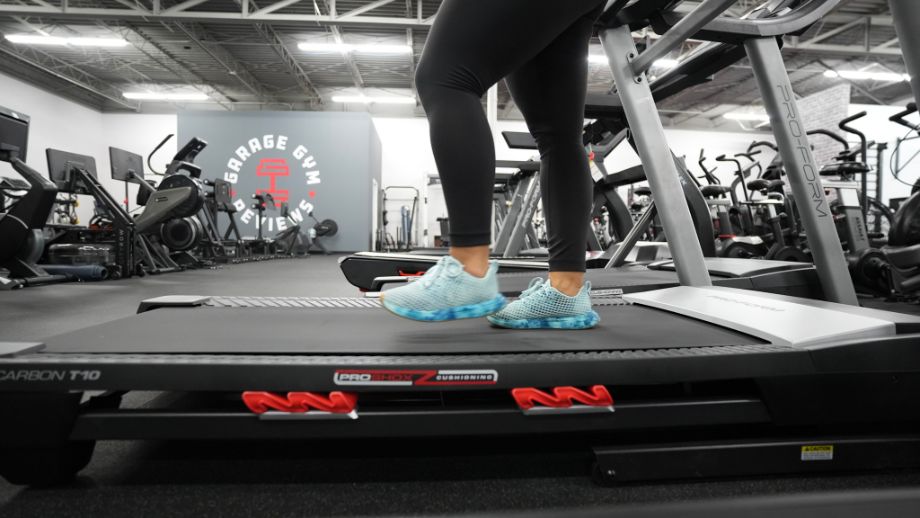
These muscles produce movement and assist with counterbalancing when lifting external loads. Unfortunately, though, in many lower back pain patients, these muscles are weak and atrophied. Retro walking can strengthen and stretch those muscles, which may reduce back pain.
6. Enhance Your Cardiorespiratory Fitness
If you’re looking to improve your VO2 max, a measure of aerobic capacity, retro walking might be something to consider. One study in the International Journal of Sports Medicine6 investigated the effect of a backward walking/running training program to see what impact it had on cardiorespiratory fitness.
At the end of the study, participants had a notable decrease in oxygen consumption during both forward and backward exercises on a treadmill. In addition, their predictive VO2 max values for the 20-meter shuttle test had progressed remarkably. Researchers also saw that participants had significant changes in their body composition: The young women decreased their body fat percentage by 2.4%.
7. Keep Your Brain Sharp
This one might surprise you, but walking backwards is good for your brain, too. Regular walking doesn’t require much thinking, but reverse walking gives your brain and body a new challenge. Training your muscles isn’t just about the muscles you’re physically moving. It involves brain power too. You’ll create and sharpen neural connections by leaping out of your comfort zone and walking backwards.
In addition, Harvard Health7 found that people who walked backwards or even thought about walking backwards could recall past events better than those who sat still or walked forward. So, could it be that walking backwards enhances your thinking and memory skills? It’s not too far-fetched since walking backwards is against our natural logic and requires more effort to pull off.
How to Start a Walking Backwards Routine
Starting your backwards walking routine is as easy as putting one foot behind the other. A good starting point for beginners is to aim for walking at least two times per week for 5 to 10 minutes.
If you’re using a treadmill, start at a slower speed (around 2.0) and avoid using incline.
Safety Considerations for Reverse Walking
Now that we’ve covered seven benefits of walking backwards, it’s time to switch gears a bit. Before starting any new exercise, it’s essential to consider how to do so safely. Therefore, here are some tips for safely adding this to your routine.
- If you’re walking outdoors, recruit some walking partners so you don’t have to go at it alone. You can walk backwards while they walk forward, watching for approaching people and vehicles, cracked sidewalks, and more. Plus, it’ll be a bit more fun!
- If you’re walking indoors, ensure the area is free of obstacles before you start. Remove any rugs, pets, furniture, toys, and more that would get in your way while walking.
- It may be better to start off walking backwards on a treadmill so you can get used to the motion of it. Treadmills also have handrails that you can hold onto. Start at a low speed, like one mile per hour, then increase it as you get comfortable. To get the hill effect, add incline to your exercise.
RELATED: Walking and Jogging Backwards on the Treadmill: Is it Safe?
Treadmill Vs Outdoor Walking Backwards
Here are a few key differences between walking backwards on a treadmill vs walking backwards outdoors.
Safety
Walking backwards on a treadmill allows you to grasp the handrails for added support when you’re performing an action that may require a bit more balance than you’re used to. Treadmills also include safety measures—such as a safety clip—that allow you to stop as needed. Outdoors, you have less control over your pathway.
Cadence/Speed
You may prefer walking outdoors because you’ll have a bit more control over your walking speed and direction. If you want the safety of a treadmill but don’t want to be locked into a certain speed, you may consider trying a manual treadmill that’s powered by you rather than a motor.
RELATED: Best Manual Treadmills
Terrain
A treadmill has a walking pad with a fixed terrain. When walking outdoors, you may run into uneven terrain or come across more obstacles in your walking path, as opposed to a fixed treadmill where you may not even have to swivel your neck to look behind you. You’ll also want to take extra steps outdoors, such as making sure you’re wearing adequate footwear—check out our list of the best walking shoes—to keep your feet and ankles protected.
We asked GGR staff writer and certified personal trainer Lauren Strong which method she prefers.
“I’m a fan of walking backwards on the treadmill. But it’s walking only! I set the treadmill at extremely low speeds (or just have the treadmill turned off all together) when I do it so it’s not a speed drill by any means. For me personally, I started because of the knees over toes trend and started looking into what backward walking could do for my achy knee. Turns out, it offers a bit of knee relief. Walking backward is not something I’ve added consistently into my training routine, but every time I do it the knee I consider achy usually feels better. I’ve had a few clients willing to try backwards walking and those who have tried it report a similar experience with knee pain relief. I would recommend walking backwards on a treadmill to any client who has pretty good balance but has nagging knee discomfort. However, if walking backwards gives a client a sharp pain, it’s time to stop,” Lauren says.
Experts Who Contributed To This Article
Walking Backward: FAQs
What are the Health Benefits of Walking Backward?
According to the research, walking backward has several health benefits. Some of those benefits include:
– Enhanced body consciousness
– Improved sleep
– Stronger heart
– Better mental clarity
– Strengthening of less used leg muscles
– Reduced lower back pain
– Increased energy levels
– Less strain on your knees
– Enhanced mood
– Boosted metabolism
How Much Should I Walk Backward?
How often you walk backward is based on where you are physically and your comfort level. Incorporating 10 to 20 minutes a few days per week is reasonable. That alone will strengthen your underutilized muscles and flex out your hamstrings.
Is it good for your knees to walk backward?
Walking backwards is said to be really good for your knees. In fact, a study published in the Journal of Biomechanics8 revealed that backward running reduced anterior knee pain. Therefore, one could easily assume that walking backwards would be beneficial too.
For instance, patellofemoral pain is a fairly common injury, and patellofemoral joint compression forces brought on by forward walking can aggravate symptoms. Walking backwards had reduced joint compression forces compared to forward walking. As a result, it’d be beneficial to implement, especially if you’ve injured your knee. Retro walking also strengthens different muscles, like your quads, which can also help your knees.
What are the disadvantages of walking backwards?
Walking backwards can effect your proprioception, or your ability to sense movement, location, and balance. Like performing a task with your nondominant hand, walking backwards takes extra focus and consideration.
There’s very real safety concerns for walking backwards—whether outdoors or on the treadmill—because of the change in balance leading to tripping or falling, resulting in injury. Also, because your neck will and upper body will be pivoting to check for obstacles in your path, you’re at risk for neck strain or discomfort.
Physical therapists have mixed opinions about backwards walking, because the changes to your normal walking gait can cause extra pressure on your laid-bearing joints. Some PT’s reject this movement outright because of American Journal of Physical Medicine and Rehabilitation9 research that cites cases where walking backwards led to falls and significant injuries.
References
- Cha HG, Kim TH, Kim MK. Therapeutic efficacy of walking backward and forward on a slope in normal adults. J Phys Ther Sci. 2016 Jun;28(6):1901-3. doi: 10.1589/jpts.28.1901. Epub 2016 Jun 28. PMID: 27390443; PMCID: PMC4932084.
- Alghadir, A.H., Anwer, S., Sarkar, B. et al. Effect of 6-week retro or forward walking program on pain, functional disability, quadriceps muscle strength, and performance in individuals with knee osteoarthritis: a randomized controlled trial (retro-walking trial). BMC Musculoskelet Disord 20, 159 (2019). https://doi.org/10.1186/s12891-019-2537-9
- AINSWORTH, BARBARA E.1,2; HASKELL, WILLIAM L.3; HERRMANN, STEPHEN D.1,2; MECKES, NATHANAEL1,2; BASSETT, DAVID R. JR.4; TUDOR-LOCKE, CATRINE5; GREER, JENNIFER L.1,2; VEZINA, JESSE1,2; WHITT-GLOVER, MELICIA C.6; LEON, ARTHUR S.7. 2011 Compendium of Physical Activities: A Second Update of Codes and MET Values. Medicine & Science in Sports & Exercise 43(8):p 1575-1581, August 2011. | DOI: 10.1249/MSS.0b013e31821ece12
- Flynn TW, Soutas-Little RW. Mechanical power and muscle action during forward and backward running. J Orthop Sports Phys Ther. 1993 Feb;17(2):108-12. doi: 10.2519/jospt.1993.17.2.108. PMID: 8467337.
- Ansari B, Bhati P, Singla D, Nazish N, Hussain ME. Lumbar Muscle Activation Pattern During Forward and Backward Walking in Participants With and Without Chronic Low Back Pain: An Electromyographic Study. J Chiropr Med. 2018 Dec;17(4):217-225. doi: 10.1016/j.jcm.2018.03.008. Epub 2019 Jan 20. PMID: 30846913; PMCID: PMC6391229.
- Terblanche E, Page C, Kroff J, Venter RE. The effect of backward locomotion training on the body composition and cardiorespiratory fitness of young women. Int J Sports Med. 2005 Apr;26(3):214-9. doi: 10.1055/s-2004-820997. PMID: 15776337.
- Can you boost your memory by walking backward?. Harvard Health. (2021, February 12). https://www.health.harvard.edu/mind-and-mood/can-you-boost-your-memory-by-walking-backward
- Roos PE, Barton N, van Deursen RW. Patellofemoral joint compression forces in backward and forward running. J Biomech. 2012 Jun 1;45(9):1656-60. doi: 10.1016/j.jbiomech.2012.03.020. Epub 2012 Apr 14. PMID: 22503882; PMCID: PMC3391667.
- Thomas MA, Fast A. One step forward and two steps back: the dangers of walking backwards in therapy. Am J Phys Med Rehabil. 2000 Sep-Oct;79(5):459-61. doi: 10.1097/00002060-200009000-00011. PMID: 10994888.


